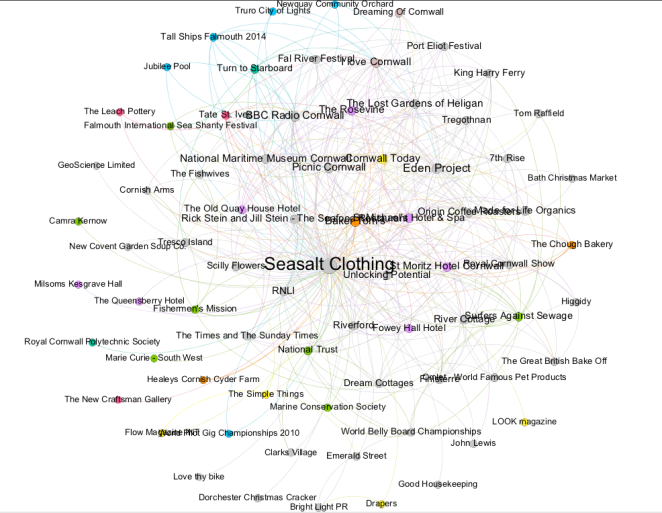
Although I interact with social media platforms and the online world on a daily basis, I never fully realised the impact it has, not only on my social interactions, but my privacy, data, and the affect it has on my non-digital life. This module has brought to light many of the easy-to-miss aspects of social and digital media. Although I cannot cover the last four months of material, I will discuss two topics I found most interesting which I often find myself discussing with friends and colleagues outside of class.
Filter Bubble
I was always aware that my data was constantly being collected and that advertisements related to my interests would appear on webpages I clicked on. However, discussions in this course taught me to the extent that this ‘filter bubble’ we all are in controls what we see and what we do not. I learned that Facebook has stopped showing me old friends’ posts in my news feed because I never engaged with the content they share and that my Google searches are different than if I used someone else’s browser to search because my server has algorithmically tracked my history and shows results based upon what it ‘thinks’ I want to see. This was unfathomable to me that the information I see is not only tailored to me, but is also restricted, which has the pros of adhering to my interests which can sometimes make searches for clothing for example more convenient, but has colossal negative connotations in that it is often best to be exposed to all information, even information I don’t want to see. I don’t want to be filtered to the extent that I’m not learning anything new or different to my own ideas and preconceptions. I don’t want to be stuck in a bubble of information that is so consumer-driven and vapid, seeing only a reflection of myself in my online world, when I would otherwise be exposed to inquisitive, thought-provoking opinions and information in the vast sea of digital media around me.
Six Degrees of Separation
Also known as the small world experiment, an experiment undertaken at Harvard University in the 1960’s found that sending a letter starting with one anonymous person on the west coast of the United States could be sent to another anonymous person on the east coast through social connections of less than six connections. However, 60% of the letters sent out never reached their destination, but those that did were received in a surprisingly short chain of connections. Although there have been many modern experiments testing this with success offline and through social media such as FaceBook’s six degrees of separation expirement, I am also interested in the psychology of social networks on and offline and behind humans’ comfort in discovering the world is a small place, even if the 60% odds are against it.


